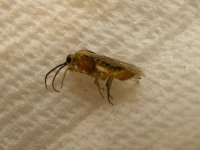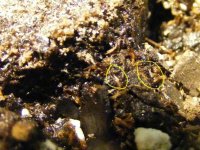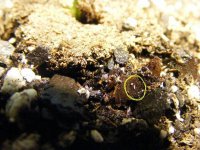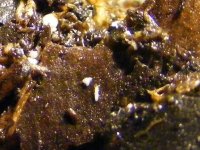B)I like Bayer Complete Insect Killer - it has B-cyfluthrin in it which is also a contact-killer and it has not seemed to harm plants or (presumably) microbiology in either soil, coco or hydro (as I have had healthy results while using it preventative). I use anywhere from about 20-50 mL/gal with it (usually about 40 mL/gal - which equals about 20 mL/gal of the Tree and Shrub 1.47% imid products). I think that DigitalHippys recommendation is good as well, since you should not need as much on really small/young plants.
That's been my choice all along. It worked for me in a single application. But that was in dry coco with a plant that was drinking. The RAs were all killed, but the plant had to be destroyed later due to infectious agent. I examined the rootball carefully with a powerful loop, and with a microscope, and there wasn't a single insect of any kind living. I think that many times plants hit with these stop drinking (smaller plants), and then they become more difficult to treat when the medium is already wet.








